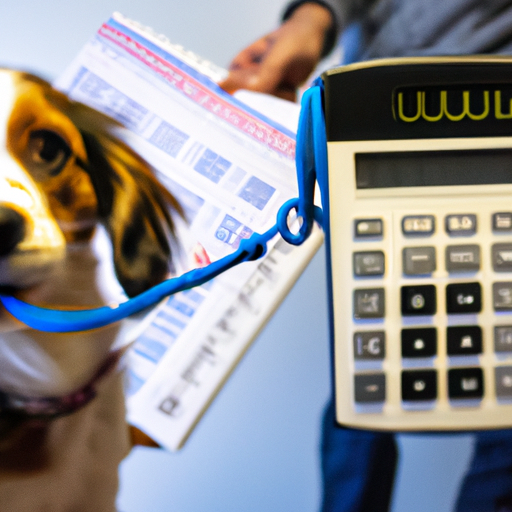Have you ever wondered how to calculate a dog’s age? If you’re a pet owner or someone caring for dogs, understanding your pet’s age in human years can be essential. As the saying goes, “one dog year equals seven human years,” but this isn’t entirely accurate. The calculation is a bit more complex than that, and this article aims to give you a thorough understanding of it.
Table of Contents
- Understanding Dog Ages
- The Science Behind Dog Aging
- How to Calculate a Dog’s Age
- Frequently Asked Questions
Key Takeaways
- The traditional “seven-year rule” is an oversimplification.
- Small breed dogs tend to live longer than larger breeds.
- Dogs age rapidly in their first two years of life.
- The American Veterinary Medical Association suggests a more accurate calculation method.
Understanding Dog Ages
Dogs age differently depending on their size and breed. Smaller dogs tend to live longer than larger breeds, and the rate at which they age can drastically differ in the first few years of their life. During their first two years, dogs age more rapidly than in their later years.
In an article on OneTopDog, a detailed analysis on dog breeds and their lifespan gives more insight on this topic.
The Science Behind Dog Aging
Scientifically speaking, the aging process in dogs is different from humans. Dogs mature faster and age rapidly in the first two years of their life. For instance, a one-year-old dog is similar to a 15-year-old human, and a two-year-old dog is akin to a 24-year-old human.
The American Veterinary Medical Association has provided a more accurate calculation method that considers the dog’s size and breed. You can find a comprehensive dog age chart on their website for a more detailed understanding.
How to Calculate a Dog’s Age
Let’s break down how you can calculate a dog’s age:
- For the first two years:
- A one-year-old dog is equivalent to a 15-year-old human.
-
A two-year-old dog is equivalent to a 24-year-old human.
-
After the first two years, the calculation varies based on the size of the dog:
- Small breed dogs (20 pounds or less) age approximately 4 human years for every dog year.
- Medium breed dogs (21-50 pounds) age approximately 6 human years for every dog year.
- Large breed dogs (over 50 pounds) age approximately 8 human years for every dog year.
| Dog Size | Age Calculation |
|---|---|
| Small | 4 human years for every dog year |
| Medium | 6 human years for every dog year |
| Large | 8 human years for every dog year |
These calculations give a rough estimate of a dog’s age in human years. However, the dog’s overall health, nutrition, and genetic factors also play a significant role in their aging process. Regular check-ups with a vet, as suggested on OneTopDog, can help you keep track of your dog’s health and age-related issues.
Frequently Asked Questions
1. Why do larger dogs age faster?
Larger dogs age faster because they grow at an accelerated rate, which can lead to earlier health issues and a shorter lifespan.
2. Is the seven-year rule for dog age accurate?
No, the seven-year rule is a simplification. The actual calculation varies based on the dog’s size and breed.
3. How can I keep my dog healthy as they age?
Provide regular exercise, balanced nutrition, routine vet check-ups, and plenty of love and care. For more tips, check out this OneTopDog guide.
4. Can a dog’s age be determined by their teeth?
Yes, to some extent. Puppies have white, sharp teeth, while older dogs have darker, worn down teeth with visible tartar.
In conclusion, understanding your dog’s age is crucial for their care and health management. It’s more than just a number; it’s a guide to their health needs and lifestyle adjustments as they grow older. So, next time when you think about your pet’s age, remember it’s not as simple as multiplying by seven. Keep this guide handy to calculate accurately and care for your dog in the best way possible.



